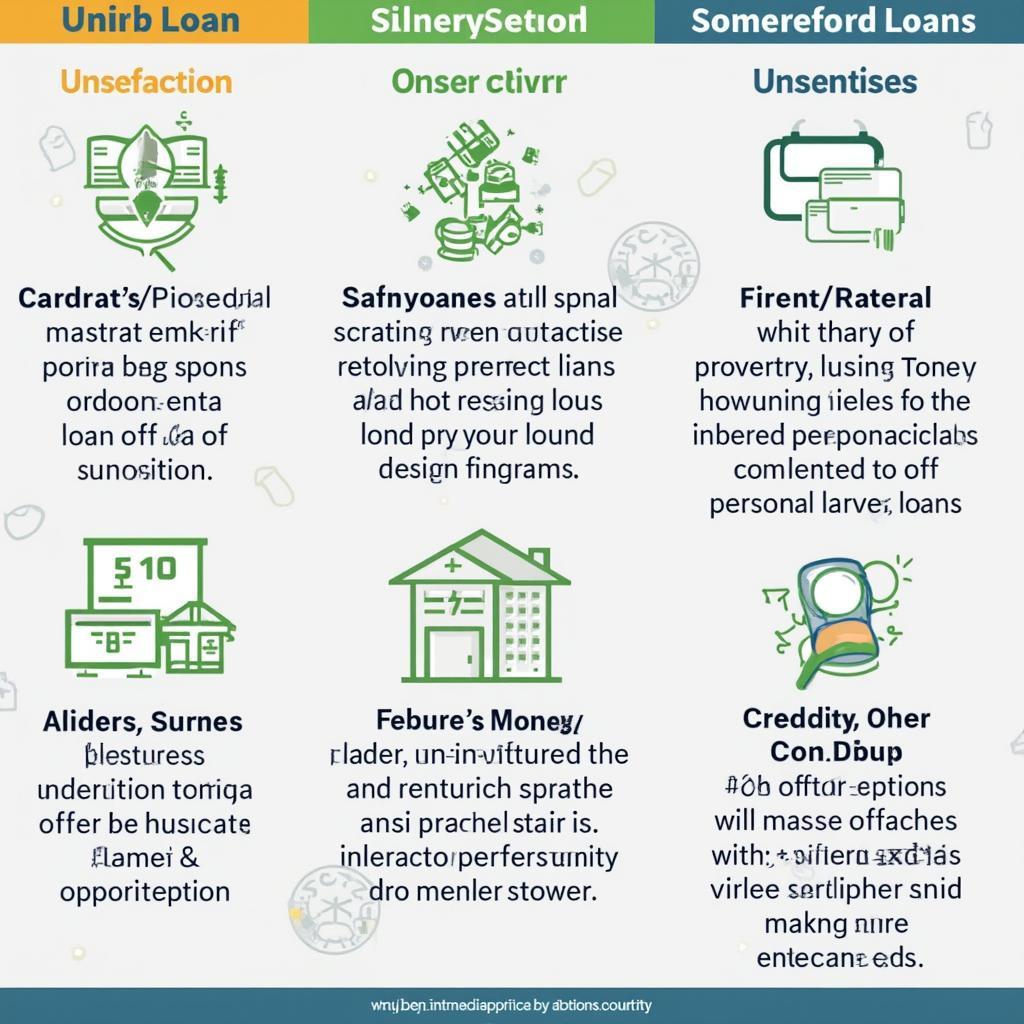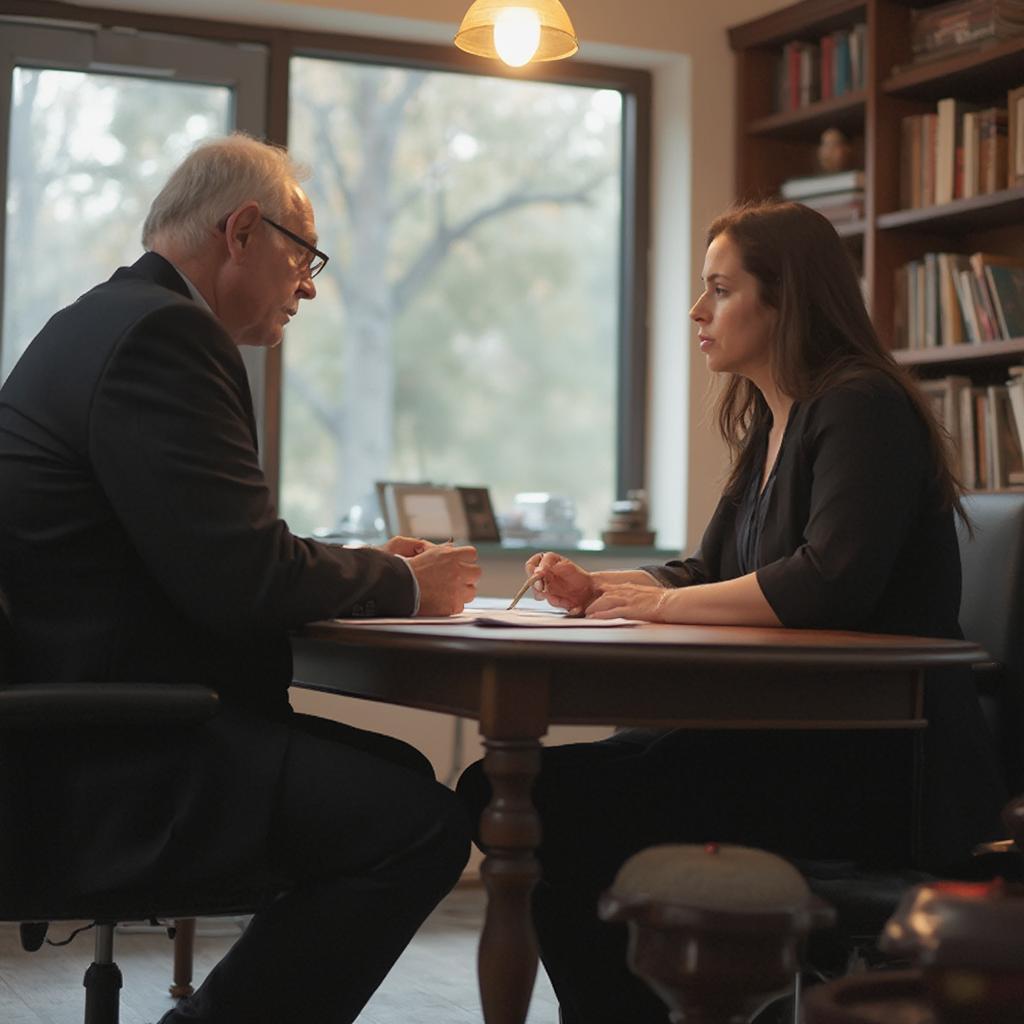
Lawyer Dress Code: A Comprehensive Guide
The legal profession is steeped in tradition, and attire plays a significant role in projecting professionalism and credibility. Understanding the nuances of lawyer dress code is essential for making a positive impression in court, with clients, and within the legal community. This guide explores the various aspects of lawyer dress code, from the courtroom to the office and beyond.
Similar to lawyer responsibilities, adhering to a professional dress code is a crucial part of a lawyer’s duties.
The Courtroom Standard: Power Dressing for Success
In the courtroom, the dress code is generally more formal and conservative. This reflects the seriousness of the legal proceedings and demonstrates respect for the court. Traditional attire typically includes a dark-colored suit (navy, charcoal gray, or black), a crisp white shirt, and a conservative tie for men. Women can opt for a similar suit or a skirt suit with a blouse, avoiding overly bright colors or patterns. Jewelry should be minimal and understated.
What should lawyers avoid wearing in court? Anything that could be considered distracting or disrespectful, such as brightly colored clothing, casual attire like jeans or t-shirts, and excessive jewelry or makeup. The focus should be on presenting a professional and respectful image.
How does courtroom attire impact perception? Dressing appropriately conveys a sense of competence, seriousness, and respect for the legal process, influencing how judges, juries, and clients perceive the lawyer.
Office Attire: Balancing Professionalism and Comfort
While the courtroom demands a formal dress code, office attire can be slightly more relaxed, depending on the firm’s culture and the type of legal work. Business professional is often the standard, which can include suits or sport coats for men and pantsuits, skirts, or dresses for women. However, some firms may allow business casual, which might include khakis, dress pants, or skirts paired with collared shirts or blouses.
Can lawyers wear business casual every day? This depends on the firm’s policy and the specific circumstances. Some firms may have designated casual Fridays or allow for more relaxed attire when not meeting with clients.
What are some examples of appropriate business casual attire for lawyers? For men, this could include khakis or dress pants with a collared shirt or sweater. For women, options include dress pants or skirts with a blouse, sweater, or cardigan.
 Lawyer in Business Casual Office Attire
Lawyer in Business Casual Office Attire
Just as understanding the difference between lawyer and advocate in kenya is important, knowing the appropriate dress code for different legal contexts is crucial.
Client Meetings: Dressing to Impress and Build Trust
When meeting with clients, lawyers should aim to project confidence and trustworthiness. The dress code should be professional and appropriate for the context of the meeting. For initial consultations or important meetings, business professional attire is generally recommended. For more informal meetings or follow-ups, business casual may be acceptable. The key is to dress in a way that makes clients feel comfortable and confident in the lawyer’s abilities.
Why is dress code important for client meetings? First impressions are crucial, and a lawyer’s appearance can significantly impact a client’s perception of their competence and professionalism. Dressing appropriately helps build trust and credibility.
What are some tips for choosing the right outfit for client meetings? Consider the nature of the case, the client’s personality, and the location of the meeting. It’s always better to err on the side of formality.
Cultural Considerations and Adaptability
While general guidelines exist, lawyer dress codes can vary depending on cultural norms and regional practices. Lawyers practicing in different parts of the world or within diverse communities may need to adapt their attire to reflect local customs and expectations. It’s important to be sensitive to cultural differences and dress respectfully.
The Evolution of Lawyer Dress Code: Modern Trends and Influences
The traditional lawyer dress code has evolved over time, influenced by societal changes and workplace trends. While the core principles of professionalism and respect remain, there is some flexibility in interpretation. For example, some firms are adopting more relaxed dress codes, allowing for more personal expression while maintaining a professional image.
How are modern trends impacting lawyer dress code? The rise of remote work and virtual court appearances has led to some relaxation of formal dress codes. However, maintaining a professional image remains important, even in virtual settings.
Much like a well-crafted how to fire a lawyer letter sample, a lawyer’s attire should be carefully considered and tailored to the situation.
Conclusion: Dressing for Success in the Legal Profession
Lawyer dress code is an important aspect of projecting professionalism, credibility, and respect within the legal field. While adhering to traditional standards is essential, particularly in the courtroom, there is room for adaptation and personal expression within the boundaries of professional decorum. By understanding the nuances of lawyer dress code, legal professionals can ensure they make a positive impression and build trust with clients, colleagues, and the court.
If you are looking for more examples of professional attire, consider exploring a lawyer business card example as it often reflects the same level of professionalism. For insights into the qualities that define a good lawyer, you might find this article on characteristics of lawyers as professionals helpful.
FAQ: Frequently Asked Questions about Lawyer Dress Code
- Is it mandatory for lawyers to wear suits in court?
Generally, yes, suits are considered the standard attire for lawyers in court. - Can lawyers wear colorful clothing in the courtroom?
No, brightly colored clothing is generally discouraged in the courtroom. Neutral and conservative colors are preferred. - What type of shoes are appropriate for lawyers?
Closed-toe shoes in classic styles, such as oxfords or loafers, are recommended. - Can female lawyers wear open-toed shoes in court?
While it might be acceptable in some jurisdictions, it’s generally advisable to wear closed-toe shoes for a more professional look. - Is it okay for lawyers to wear jewelry in court?
Jewelry should be minimal and understated. Avoid anything distracting or flashy. - Can lawyers wear casual attire when meeting with clients outside the office?
It depends on the context of the meeting. While business casual might be acceptable for informal follow-ups, it’s generally best to err on the side of formality. - How has the pandemic affected lawyer dress code? The rise of virtual meetings and court appearances has led to more relaxed dress codes in some instances, but maintaining a professional appearance remains important.




